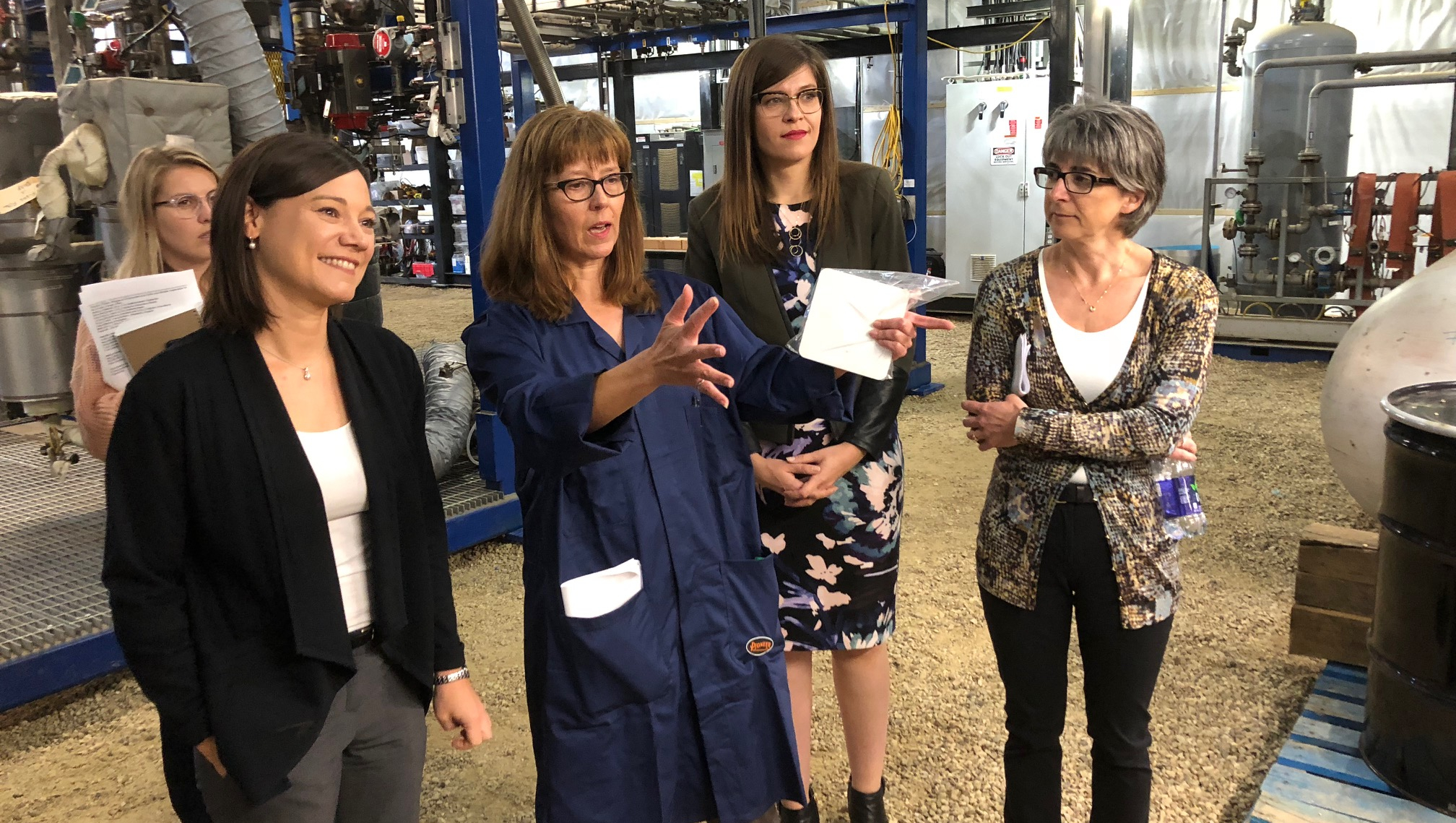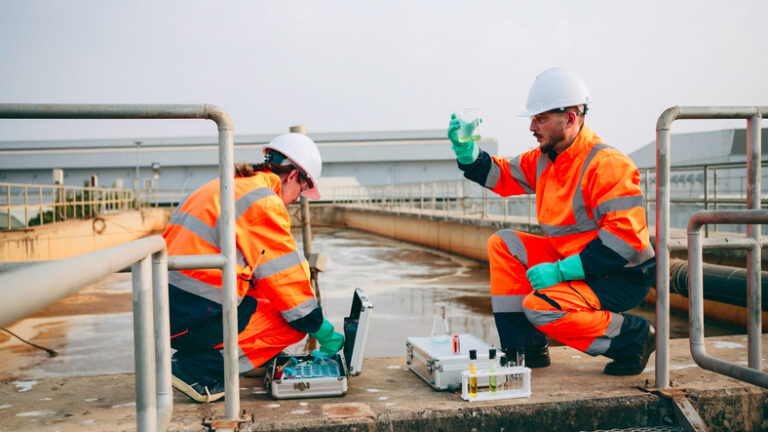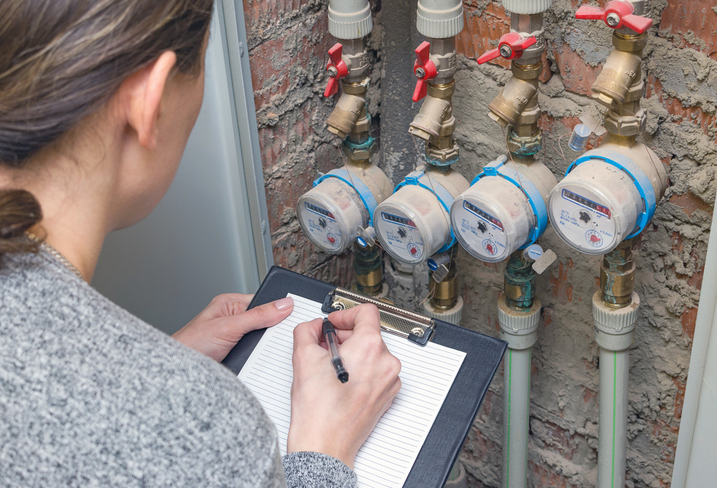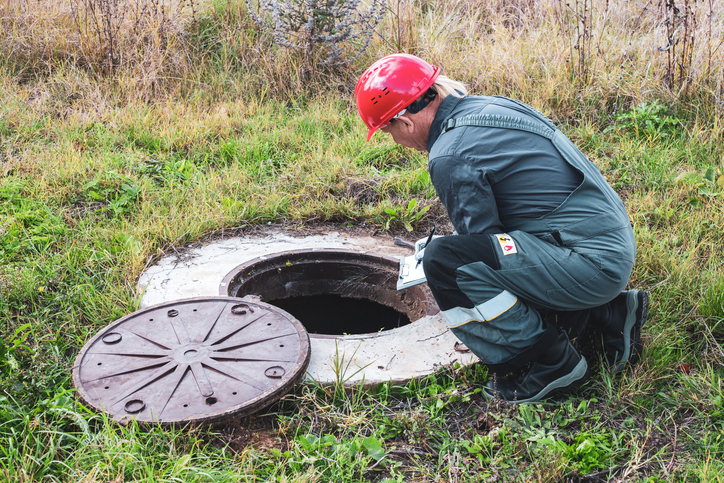Nine Alberta oil sands technologies will receive more than $70 million through the Oil Sands Innovation Challenge to support economic growth in the oil sands sector, including projects to reduce water use.
The funds are provided by the Alberta government through Emissions Reduction Alberta (ERA), an organization that accelerates the development and demonstration of innovative, emissions-reducing technologies. The funding leverages a combined project value of more than $720 million for Alberta’s oil sands sector. This is ERA’s biggest challenge to date in terms of funding.
“Albertans know that our economy and our environment go hand-in-hand. These new technologies will reduce emissions while also creating jobs, reducing costs and boosting competitiveness,” said Shannon Phillips, Minister of Environment and Parks and Minister responsible for the Climate Change Office. “Our investments in innovation continue to position Alberta as a forward-looking energy producer and climate change leader.”
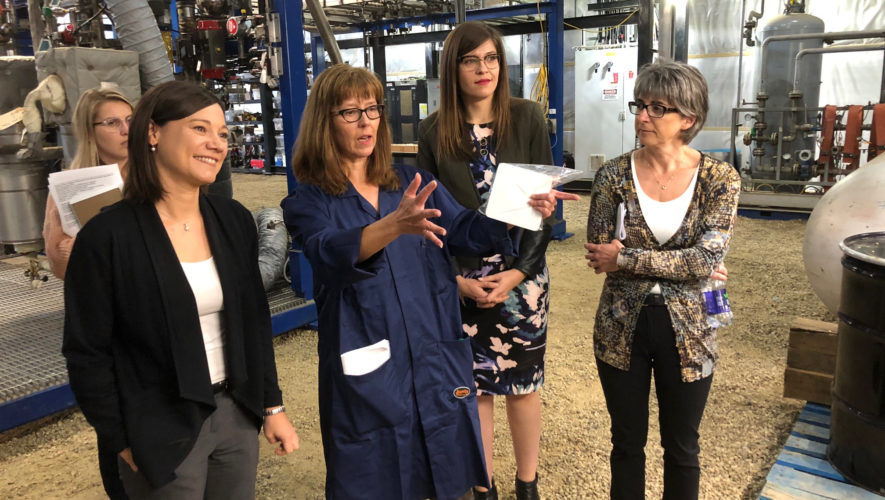
MEG Energy will be supported in its phase three pilot of its eMVAPEX. Last year, the project received over $10 million in funding from Alberta Innovates and NRCan.
“Our focus on technology and innovation has enabled MEG to reduce greenhouse gas emissions and water use intensities to one of the lowest in the industry. With eMVAPEX, we believe we have the potential to further reduce our environmental impact and enhance our performance,” said Chi-Tak Yee, senior vice-president, operations, resource and technology development, MEG Energy.
Other water-focused projects include Imperial’s enhanced bitumen recovery technology pilot; Suncor’s high-temperature membranes for steam-assisted gravity drainage water treatment; and Heavy Oil Solutions Inc. with partner with Cenovus Energy Inc. to implement a partial upgrader with integrated water treatment.
“We are committed to accelerating innovation and the development of new technologies that will deliver industry-leading GHG and economic performance. Imperial’s Enhanced Bitumen Recovery Technology is designed to significantly improve both environmental and economic performance by reducing the amount of steam used,” said John Whelan, senior vice-president, upstream, Imperial. “This increases energy efficiency, lowers emissions, and reduces water use.”
In total, 47 projects were submitted including field pilots, commercial demonstrations, and first-of-a-kind commercial technology with the potential for substantial greenhouse gas reductions in retrofit and new-build oil sands operations.
Selections were made based on the ability to advance innovative technology solutions to delivery, greenhouse gas emissions reductions and cost competitiveness enhancements. All projects include a major oil sands producer as the lead applicant or as a substantial partner and all field demonstrations are required to occur at an Alberta oil sands site.
The Alberta government provides grants to ERA from the Climate Change and Emissions Management Fund. These funds support innovation and Alberta’s industry leaders to create new jobs, diversify the economy and reduce carbon emissions.
To date, ERA has committed more than $385 million in funding to 129 projects with a total value of approximately $2.7 billion. Project backgrounders can found on ERA’s website.

